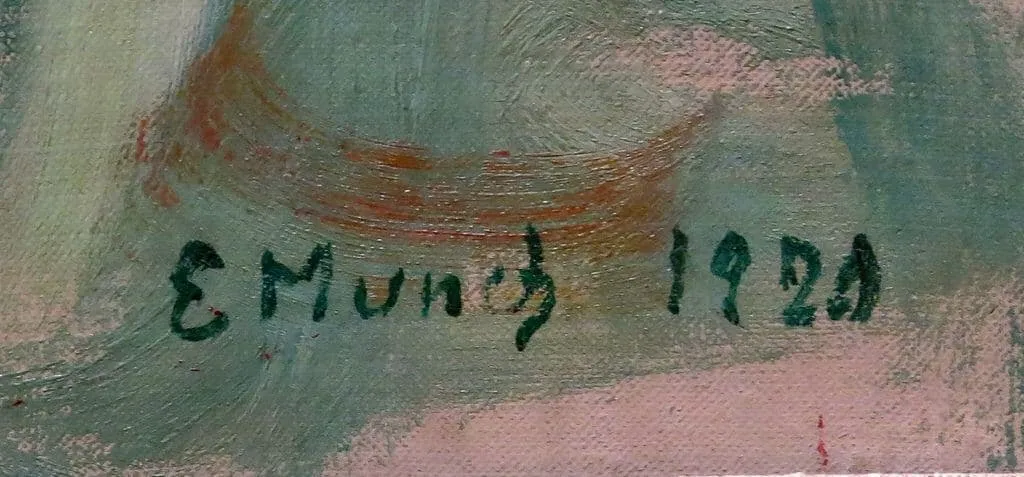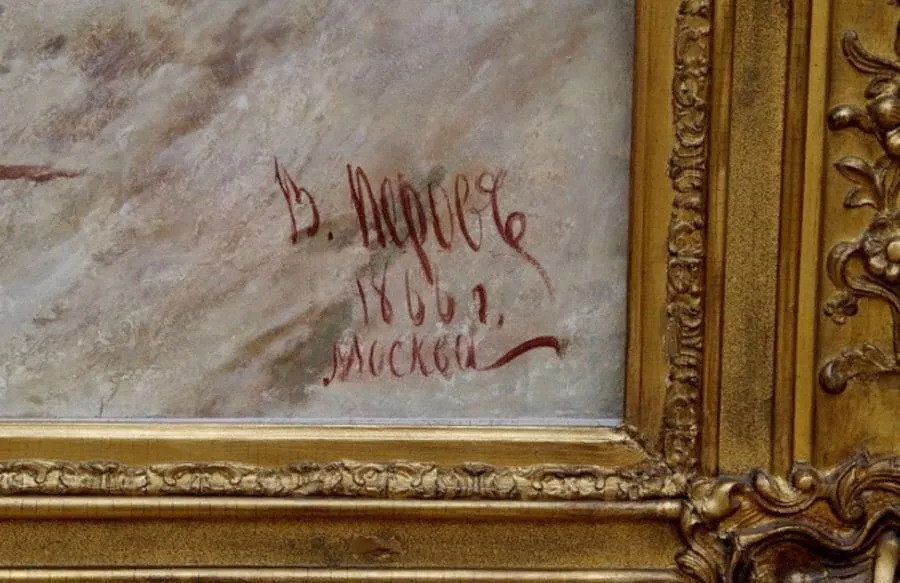
UA:
Часто на картинах старих майстрів бачимо на табличці "Н.Х." - невідомий художник. Добре, якщо написано щось на кшталт "майстер ..." і назва німецького або фламандського містечка або вівтаря якогось святого.
Чому художники не ставили свої підписи?
Ймовірно, боялися бога, адже марнославство - смертний гріх.
Що ж все-таки змусило майстрів задуматися про підписи?
Дороги, пошта та дипломатія починали все швидше розвиватися, а значить, майстер, раніше відомий лише в своєму місті, отримував непогані шанси прославитися за його межами. Отже, мало сенс підписувати роботи, дозволяючи клієнтам пов'язати певне ім'я з певною якістю. Допомогло й те, що в священних сюжетах ставало все більше світського - архітектура і пейзажі. Звичаї художників теж стали більш світськими, і вписати своє ім'я в орнамент на вазі в картині вже не здавалося так страшно.

EN:
Often in the paintings of old masters we see "A.U" (author unknown) on the plate below it. There may also be something like "master of ..." and the name of a German or Flemish town or the altar of some saint.
Why didn't the artists put their signatures?
They were probably afraid of God, because vanity is a mortal sin.
And what eventually made them think about signatures?
Roads, mail and diplomacy began to develop more and more rapidly, which meant that the master, previously known only in his city, received good chances to become famous outside its borders. Hence, it made sense to sign works, allowing clients to associate a specific name with a specific quality. It also helped that religious subjects were becoming more and more secular, including architecture and landscapes. The mores of the artists also became more secular, and it no longer seemed so scary to write your name into the ornament on the vase in the picture, for example.